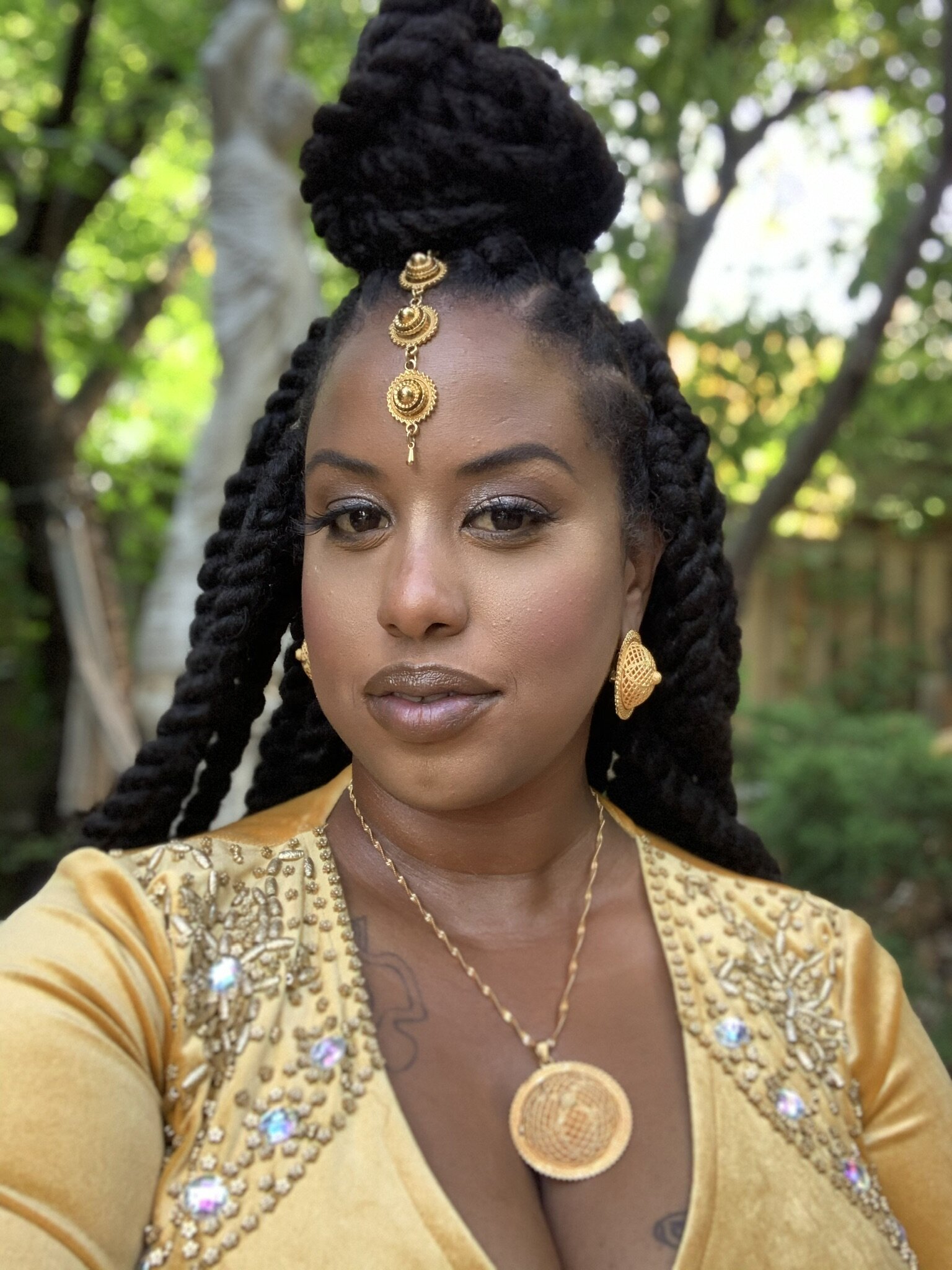
(Source: Shaykh Yusuf ibn Abd al Hadi (d.909AH) in his work Bad al Ula bi Labs al Khirqa, copies of the manuscript exist in Princeton, Sorbonne, and Damascus universities). Muwaffaq ad din bin Qudama (d.620 AH), both he and his father learnt from Abdul Qadir al Jilani directly.

Ibn Taymiyah’s silsila (genealogy) in the Qadiri tariqah, along with his students is as follows:ģ. Ibn Taymiya wrote about tasawwuf (sufism) in many places and viewed it positively, he teaches it for example in his major work Majmu’a Fatawa, volume 11 is entitled Tasawwuf (Sufism). Ibn Taymiya as Ibn Atab Allah points out to him in the debate has trouble understanding the inner sciences of Islam, all of which related to man’s physiology, hence like his Hanabli madhhab in law he adopted a literalist view to everything because science in his time had not yet established the link between religion (the outward) and mans physiology (inward) both of which impacted on mans consciousness and Iman (faith).

The History Of Imam Tabari – Complete 40 Volumes.Al-Dhahab al-Ibrīz min Kalām Sayyidī ʿAbd al-ʿAzīz al-Dabbāgh.The Gospel Of Mary Mother Of Jesus (saws).Scientific Papers and Articles We Have Used.


 0 kommentar(er)
0 kommentar(er)
